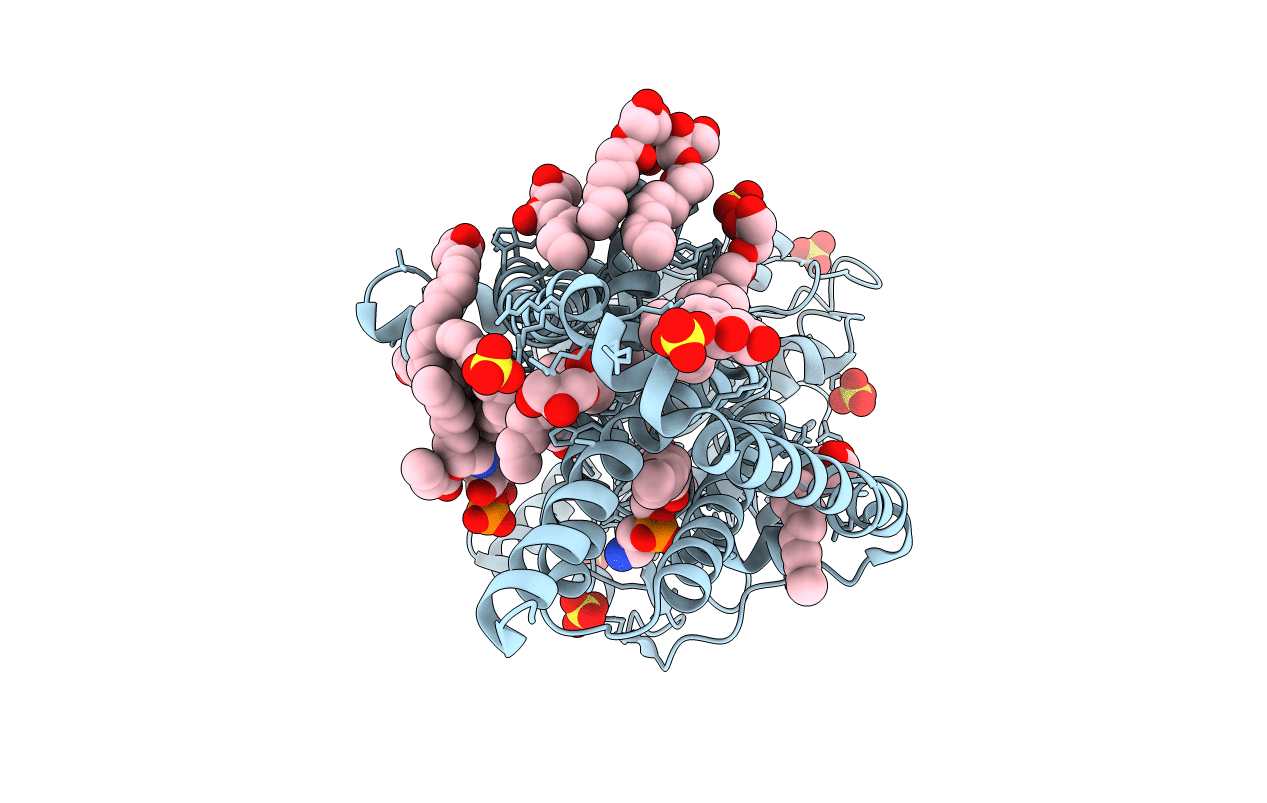
Deposition Date
2020-06-29
Release Date
2020-08-26
Last Version Date
2023-10-18
Entry Detail
PDB ID:
6XLP
Keywords:
Title:
Structure of the essential inner membrane lipopolysaccharide-PbgA complex
Biological Source:
Source Organism:
Escherichia coli (Taxon ID: 562)
Host Organism:
Method Details:
Experimental Method:
Resolution:
2.00 Å
R-Value Free:
0.21
R-Value Work:
0.19
R-Value Observed:
0.19
Space Group:
C 1 2 1


